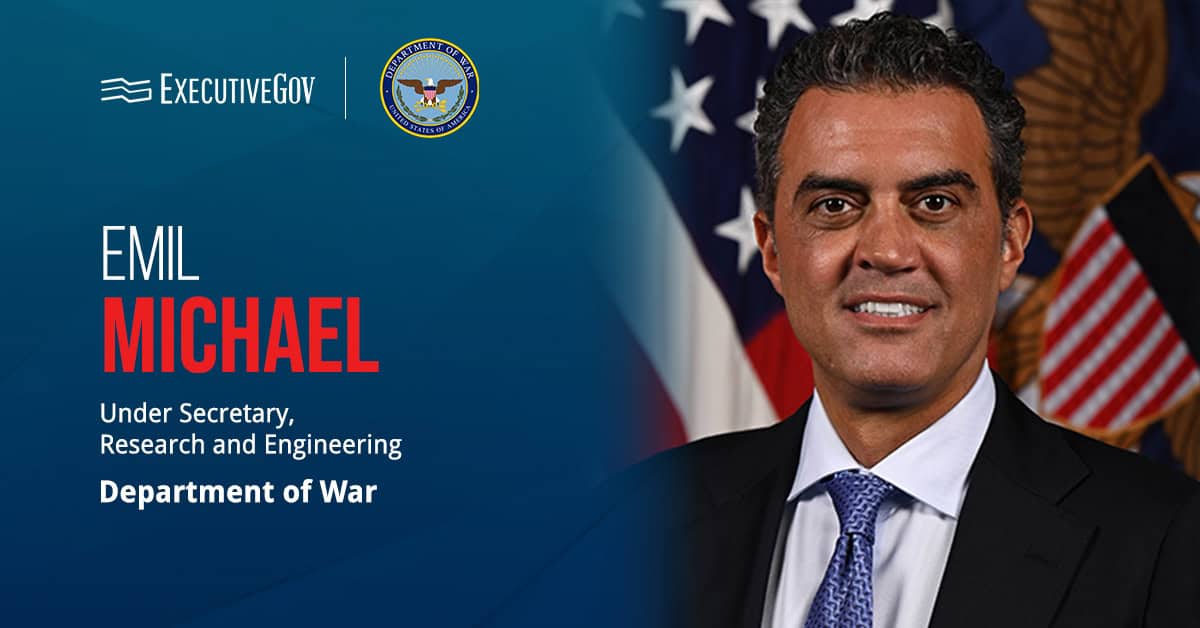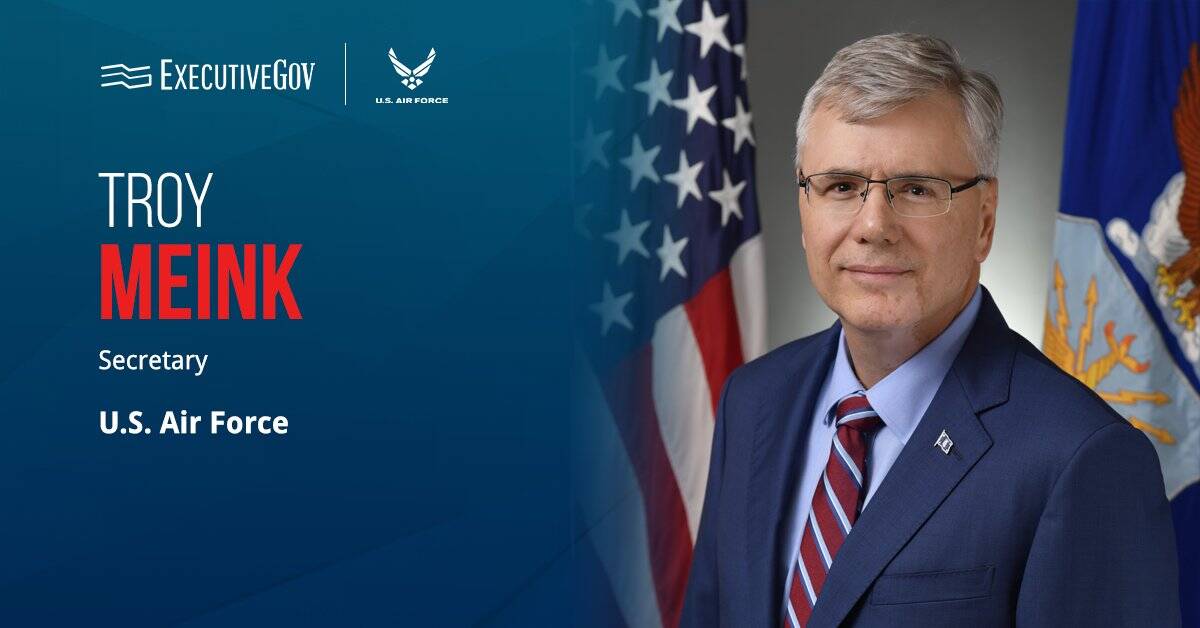 Reps. Steve Russell and Markwayne Mullin of Oklahoma have authored a new bill that seeks to allow the state’s military installations to recruit additional employees.
Reps. Steve Russell and Markwayne Mullin of Oklahoma have authored a new bill that seeks to allow the state’s military installations to recruit additional employees.The proposed Department of Defense Workforce Flexibility Act of 2016 will give temporary employees within the Defense Department the opportunity to seek permanent positions within DoD, Russell’s office said Friday.
“Oklahoma’s contribution to our national defense is significant,” the lawmaker said.
“It only stands to reason that those hired to fill needed jobs on a temporary basis should be duly considered for full time positions,” added Russell.
Russell and Mullin wrote the bill following discussion with the McAlester Defense Support Association and the Federal Managers Association early this year.
The lawmakers already submitted the proposed legislation to the House Committee on Oversight and Government Reform for review.





